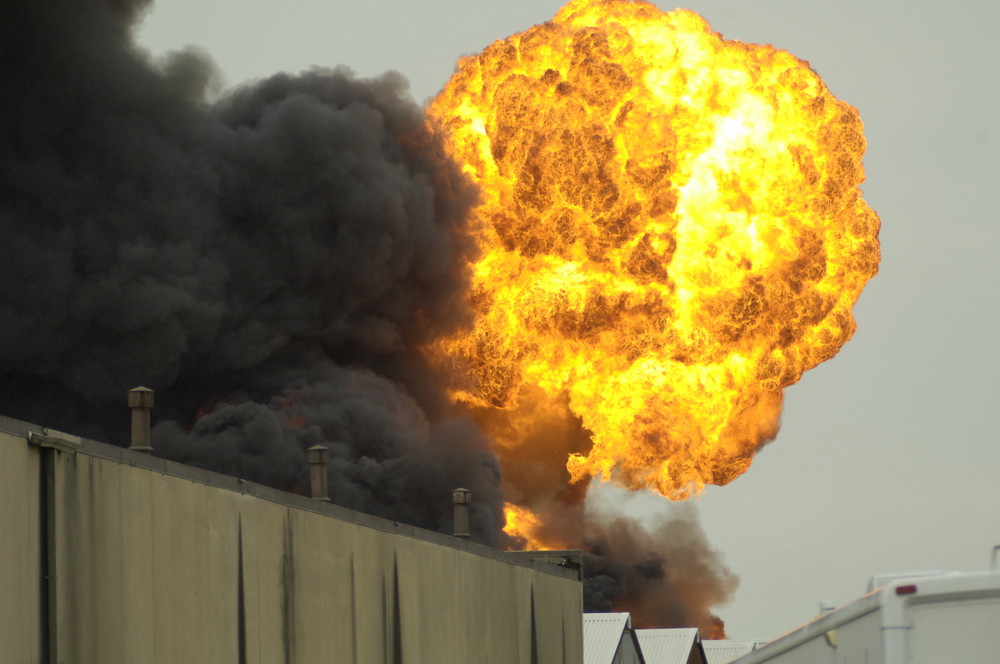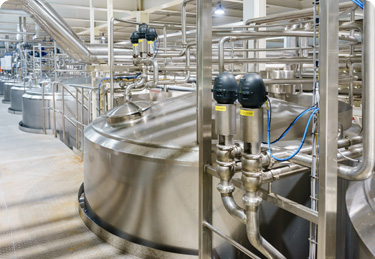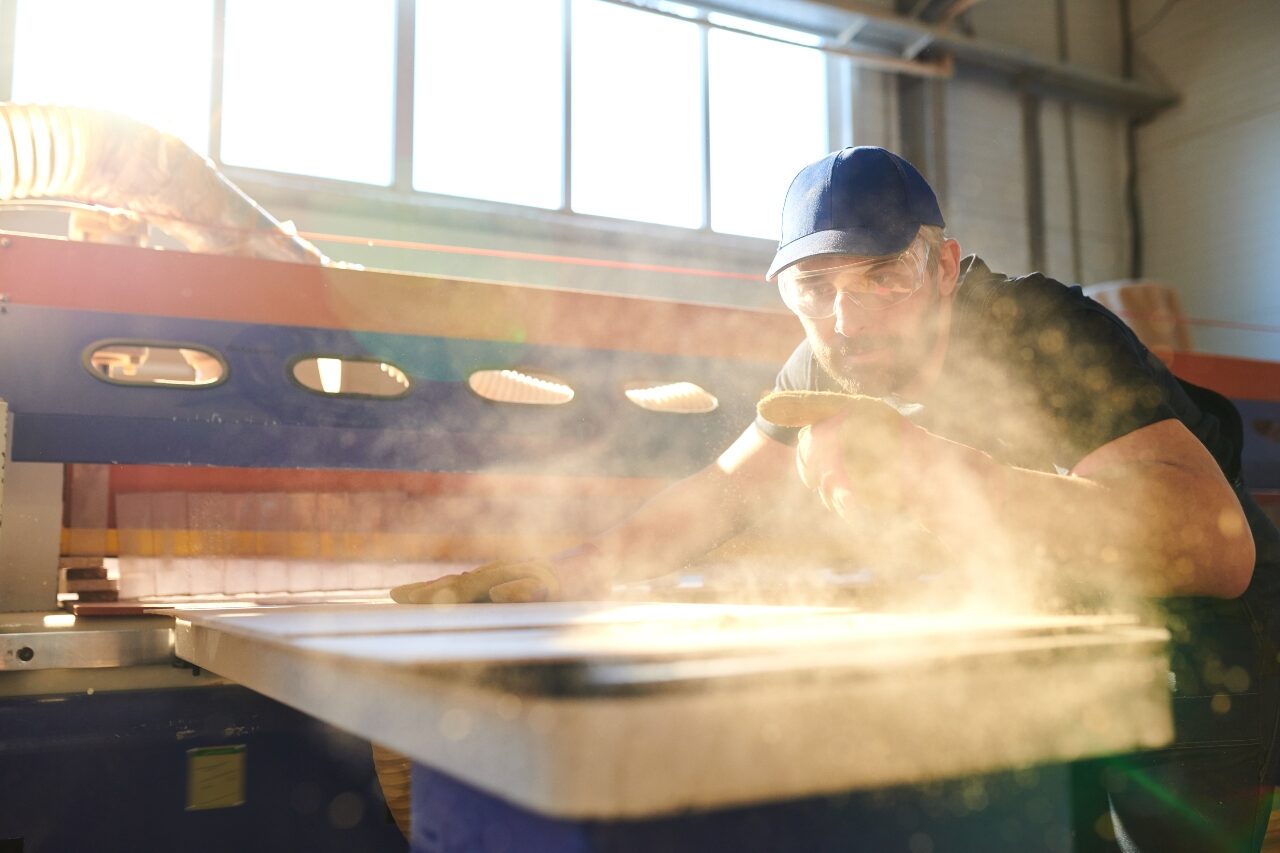Search
What is the difference between a fire and an explosion?

In process safety we often talk about fires and explosions. But what is the difference between these physical/ chemical processes. It’s important to understand this since the precautions we take on manufacturing plant are very different for fires and explosions.
Fires
Fires occur as a result of an exothermic chemical reaction from a combustion process in which oxidation takes place. Simply put, a combustible material (i.e., fuel), and oxidizing agent (e.g., oxygen), and ignition source come together and react to produce heat through a chemical reaction. Generally, a certain minimum energy is required to initiate the combustion reaction, and this is initially provided by the ignition source. After initial ignition, the combustion reaction releases enough energy to sustain the reaction without the ignition source. There are a variety of different types of fires – flash fires, pool fires, jet fires, and fireballs, all of which vary in observed effect, but at the heart of them all is the combustion reaction, initiated by a source of ignition.
Explosions
An explosion is a phenomenon where a blast (pressure or shock) wave is generated in air by a rapid release of energy. This energy will have been stored in ‘a system’ in a variety of forms (e.g., nuclear, chemical, electrical, or pressure energy). In process safety, we are usually concerned with the chemical energy stored by substances that are involved in a combustion process, but sometimes it is pressure energy in pressure vessels that concern us.
As with fires, (chemically fueled) explosions will involve a combustible material (a fuel), an oxidizing agent (e.g., oxygen), and a sufficiently energetic ignition source to come together and react to produce heat through a chemical reaction. To create an explosion, however, we also must have our combustible mixture contained in something (for example, process plant such as a room/building, tank headspace, hopper, dust collector, or dryer). As the combustion process proceeds through the mixture, the containment initially prevents escape of hot, expanding gases and the flame front accelerates away from the ignition source. If uncontrolled, this frequently leads to destruction of the containing plant and wider damage beyond from the resulting blast wave. The resulting blast wave can cause injury to people, and damage to buildings, with additional indirect effects from entrained missiles, ground shock, and fire.
As a side note, do understand that there are some chemicals that will explode in the absence of a separate oxidizing agent from the air. In those cases, the oxygen may be bound up in the molecule. Examples of such materials are (detonating) explosives such as TNT.
Preventing Fires and Explosions
At Stonehouse Process Safety we specialize in providing independent advice and laboratory testing to industry to help avoid and protect against fires and explosions. For more information on these services, please visit our consulting, fire and explosion laboratory testing, process safety training and our litigation support pages. You can also email us at [email protected].

Get in touch
To learn more about our expertise and services in dust explosion prevention & mitigation, call us at +1 609 455 0001 or email us at [email protected] today.
We also offer tailored virtual and in-company process safety training programs on Dust Explosions, Static Electricity and HAC (Hazardous Area Classification) and more. Find further information here.
We use cookies to help us enhance your experience on our website. By clicking “Accept,” you consent to our use of cookies. Read our Privacy Policy for more.










